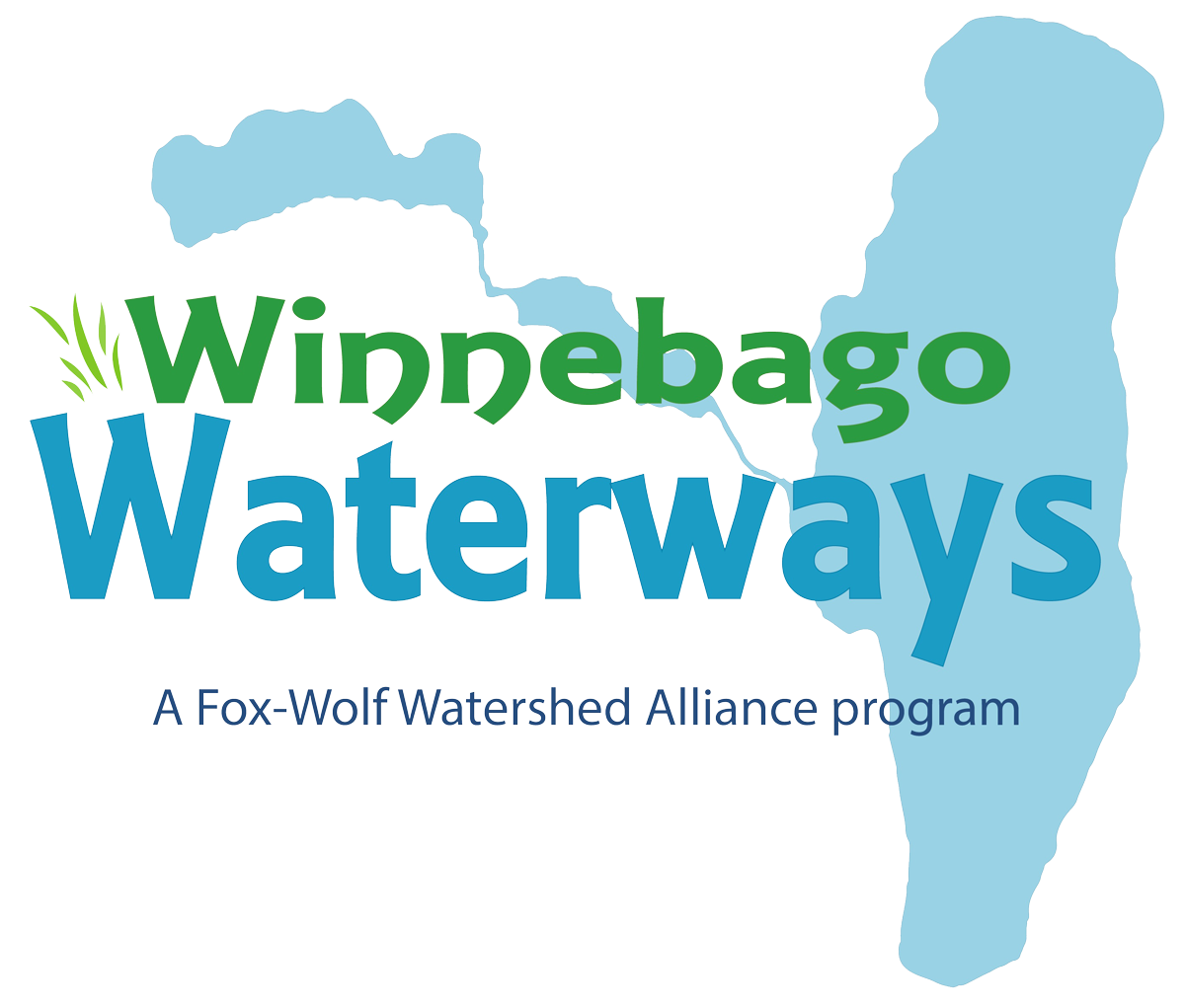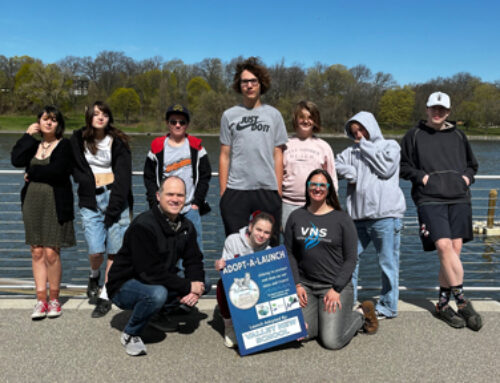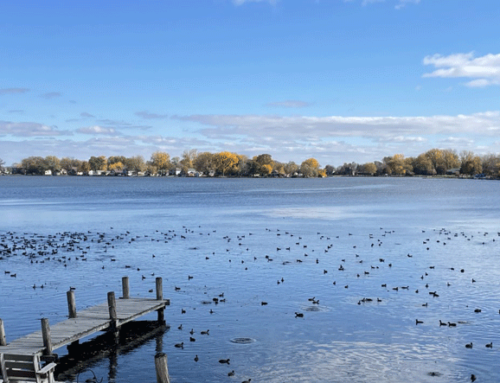Though the turkey is a popular bird during the holiday season, this month’s species spotlight focuses on the Mallard (Anas platyrhynchos), a common and well-recognized Wisconsin waterfowl species. Water quality is very important to these birds, which can be found inhabiting lakes, rivers, streams, ponds, and nearly any water body you can think of. Mallards are large ducks with round heads and wide, flat bills. The male mallards are easy to recognize with their dark green head and yellow bill, with a gray body, brown breast, and black hind-end. Females and younger birds are mostly brown, with orange and brown bills. Both males and females have a blue patch bordered by white on their wings. The Mallards wingspan is usually between 82-95 cm (about 32-37 in.) and they weigh between 1.5-3.5 lbs. fully grown.
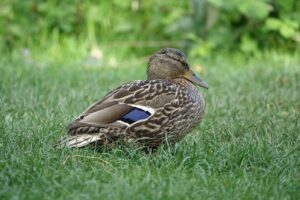
Female Mallard - Gzen 92 - CC BY-SA 4.0
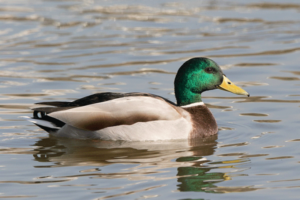
Male Mallard - Nrik kiran - CC BY-SA 4.0
Mallards are considered “dabbling ducks” because they tip their heads into the water to feed, but usually do not dive. They will eat a wide variety of food, including aquatic vegetation, land vegetation, insects (including dragonfly larvae!), worms, and gastropods, though they aren’t limited to these foods. They will also eat grain from crops.
The nests of these birds are usually near water in cattails or reeds, though in urban areas, nests can be on lawns, near the base of a tree or any other semi-protected area. Commonly found in Wisconsin, Mallards are in fact the most abundant and widespread waterfowl in the world. Their populations benefit from restoration efforts in grassland, prairie, and aquatic areas. Organizations like Fox-Wolf Watershed Alliance, Ducks Unlimited, Wisconsin Waterfowl Association, and the Wisconsin DNR (along with many others!) work hard to conserve and restore wetlands and other habitat that benefit water quality and waterfowl species.
It is not a good idea to feed Mallards or other birds when you see them in your local pond or other waterbody. The birds can become dependent on the non-nutritious food. Overcrowding, competition, and stress of less nutritious food can make them more vulnerable disease. Interested in attracting local wildlife? Plant native plants to encourage wildlife visits with less harm.
The Wisconsin DNR conducts waterfowl banding across the Northeast District, which includes mallards. Banding is a research method to help determine population levels, distribution, hunter harvest, and recruitment of waterfowl, among other things. Mallards and other waterfowl species are popular for hunting in Wisconsin. Duck hunting is legal during the regulated hunting season with a hunting license and the required stamps. Be sure to check out your local ordinances as well as the Wisconsin DNR for more information (Waterfowl Hunting | | Wisconsin DNR).
(Wisconsin bird species have also been in the news lately due to HPAI – Highly Pathogenic Avian Influenza. Learn more here: Wildlife Diseases | | Wisconsin DNR.)
Sources:
Photo Sources:
- Ducks on Lake Winnebago – Katie Reed
- Female Mallard – Gzen92 Wikimedia Commons – CC BY-SA 4.0
- Male Mallard – Nrik kiran Wikimedia Commons – CC BY-SA 4.0
Article written by Katie Reed, Winnebago Waterways Coordinator: katherine@fwwa.org
Winnebago Waterways is a Fox-Wolf Watershed Alliance recovery initiative. Contact us at wwinfo@fwwa.org



